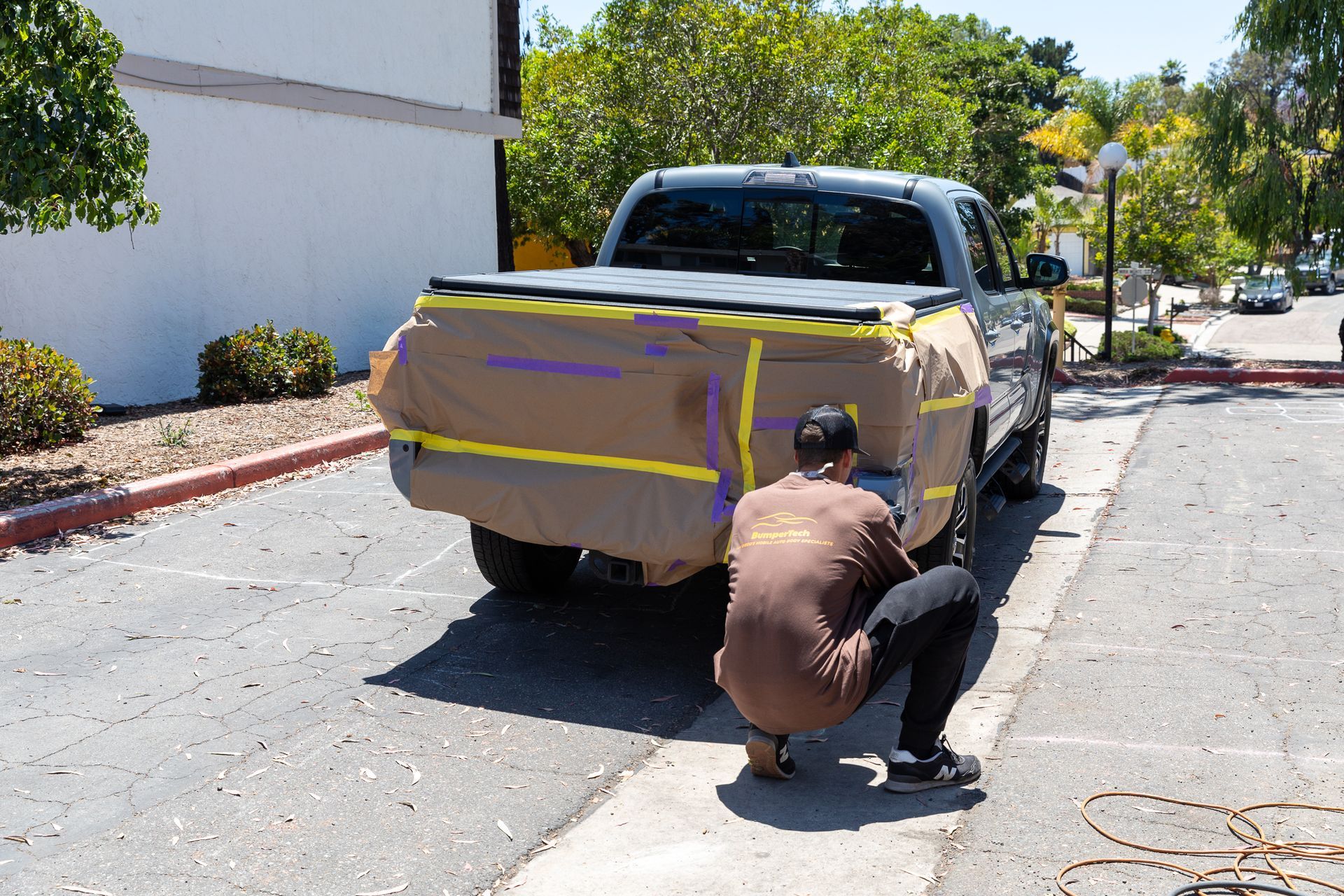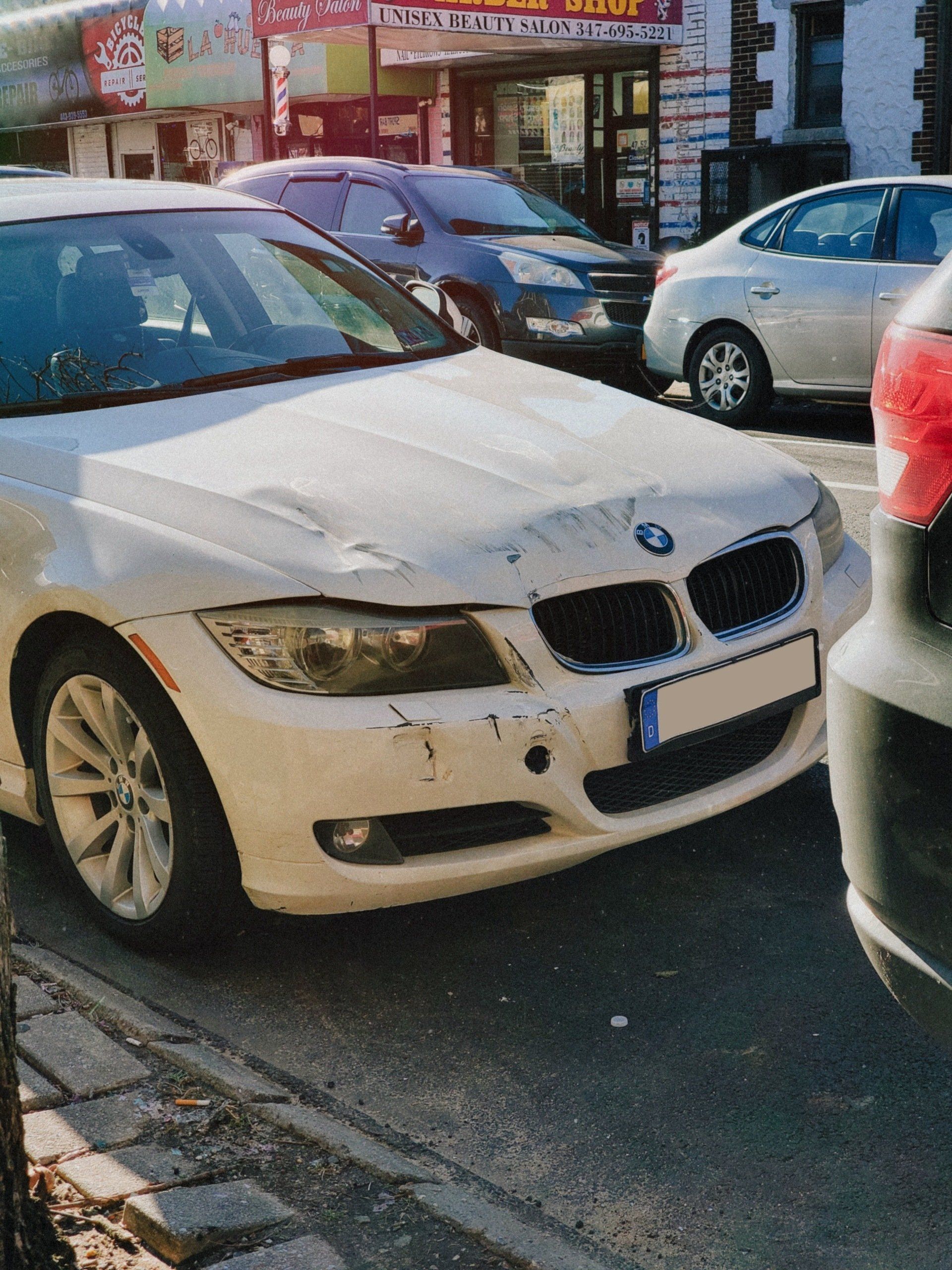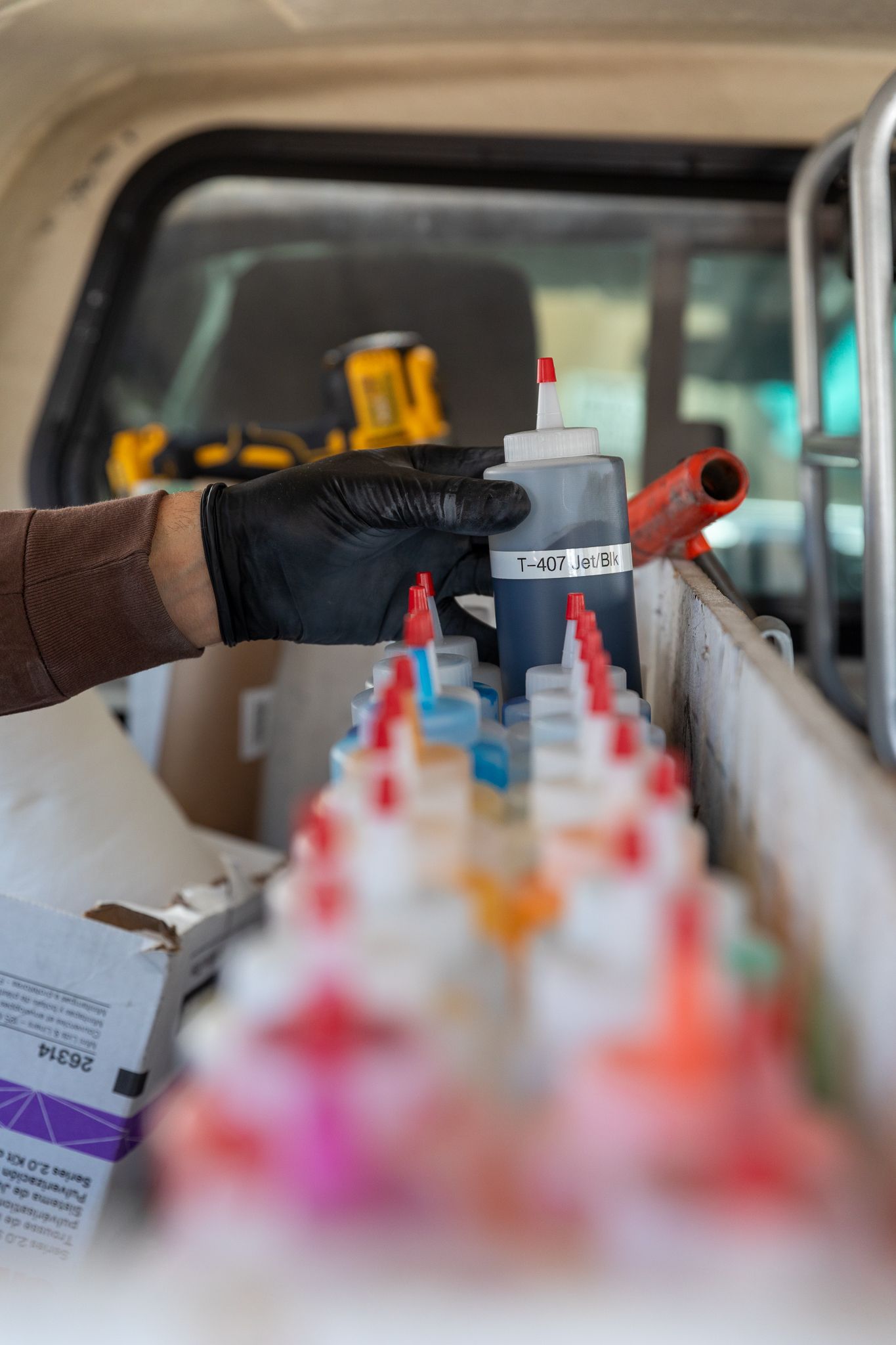September 11, 2023
When it comes to car dents, they're not all created equal. The size, location, and severity of the damage all play a role in determining the best repair method. You have primarily two choices for fixing these unsightly blemishes: Paintless Dent Repair (PDR) and Traditional Dent Repair (TDR). While both methods aim to restore your vehicle to its original glory, they are quite different in approach, cost, and application. So, how do you choose between the two? Here's a comprehensive guide to help you make an informed decision. What is Paintless Dent Repair (PDR)? Paintless Dent Repair is a less invasive technique that's ideal for removing small to medium-sized dents where the paint has not been damaged. Skilled technicians use specialized tools to gently massage the dented area from the inside, slowly restoring it to its original shape. Pros of PDR: Time-Efficient: Often completed within a few hours. Cost-Effective: Generally less expensive than traditional methods. No Painting Required: Preserves the original factory paint. Eco-Friendly: No chemicals or fillers used. What is Traditional Dent Repair (TDR)? Traditional Dent Repair is a more conventional method that involves sanding down the dented area, applying body filler, and then repainting the entire section. It's commonly used for larger dents or for those with chipped or damaged paint. Pros of TDR: Versatile: Can handle more complex and larger dents. Complete Restoration: Allows for a complete restoration of the damaged area. Customization: Offers opportunities for customization, like a new paint job. Factors to Consider 1. Size and Location of the Dent PDR is ideal for smaller dents, often those less than the size of a golf ball, and those that are easily accessible. TDR is better suited for larger or more complicated dents, or those located in areas difficult to reach with PDR tools. 2. Condition of the Paint If the paint around the dent is intact, PDR is usually the better option. Cracked or chipped paint generally requires the more intensive treatment that TDR provides. 3. Age and Value of the Car For vintage or classic cars, maintaining the original paint job can add to the vehicle's value, making PDR a preferable option. On the other hand, an older car that might already require a new paint job could benefit from TDR. 4. Cost and Time PDR is generally quicker and less expensive, but it’s not suitable for all kinds of dents. TDR, although more time-consuming and costly, can handle a wider variety of damages. 5. Personal Preference Some people prefer the seamless look that comes from a new layer of paint after TDR. Others prefer the preservation of their car’s original paint that PDR offers. Both Paintless Dent Repair and Traditional Dent Repair have their merits. Your choice will depend on various factors like the size and location of the dent, the condition of the paint, and your vehicle's age and value. Always consult with a qualified auto body repair specialist to assess the damage and discuss your options. With the right information and expert advice, you can choose the method that's best for you and your car. Remember, a dent in your car isn’t just an aesthetic issue; it can also affect your vehicle’s resale value. So, choose wisely!





